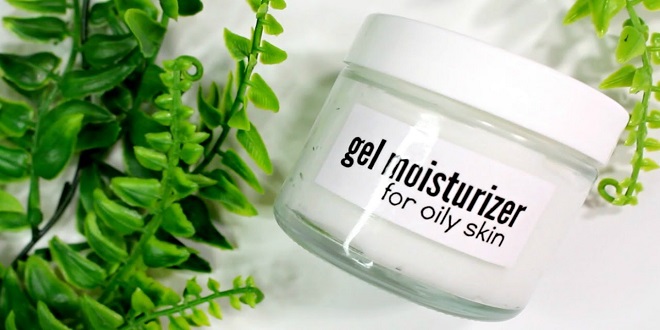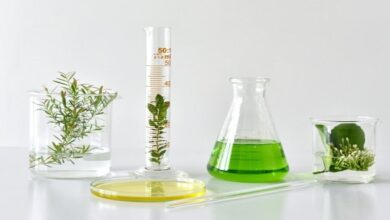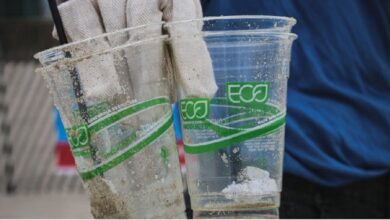Preserving Your DIY Skin Care

A rule of thumb is to prepare small batches of skincare weekly and store them in the fridge. Refreshing facial toners can be kept in a freezer to give you a quick mini lift in the morning. If you use a mild natural preservative, such as my own Silver Vitamin Blend (recipe in Chapter 7) or plain grapefruit seed oil or extract, you may store your products on a bathroom shelf for up to a month. Keep a watchful eye out and discard any product that shows signs of contamination (smells spoiled, develops discolorations, or changes its texture).
Where to Buy Ingredients
Clays, witch hazel, vitamins in pill and liquid forms, herbal teas and extracts, as well as organic sugar and sea salt are available from most good health food stores. Rose and orange waters are available in better supermarkets and groceries. Many online stores sell natural ingredients such as aloe vera juice, borax, citric acid, essential oils, and almond meal for scrubs. You will find some useful resources in Appendix A.
Active Ingredients: No Rocket Science
Until recently, I had to put up with quite a limited selection of anti-aging organic beauty offerings. Most of them were gentle and soothing, but they didn’t contain any of the cutting-edge ingredients that were used in synthetic age-delaying creams and serums. Today, thanks to readily available “skin actives,” concentrated active ingredients that you can add to your favorite beauty products, I spend hours blending, revamping, and enriching my organic lotions and potions.
If you take a look at the ingredients list of any cleanser or moisturizing lotions, you will notice a long list of tongue-twisting chemical ingredients. Most of them do nothing for the health of the skin. They only serve as a base for the active ingredients, helping them dissolve properly and maintaining the stability of the formulation so that it doesn’t become too watery, too thick, or split into layers
A Few Words of Caution
Just as you can suffer adverse reactions to conventional cosmetics, natural, homemade lotions and potions can also trigger sensitivity. Avocado oil, essential oils, glycerin, lanolin, a simple tincture of benzoin, sweet almond oil, and wheat germ oil have all been known to cause irritation in some people. Be aware that when you are under stress, your skin may be more sensitive than usual. With many active ingredients, it’s important to use the exact amounts as specified by the manufacturer.
Green Beauty Ingredients
Most green beauty products rely on the same naturally derived ingredients. The only difference might be the amount of hard-to-find exotic plant extracts, triple-distilled extracts, and rare essential oils in a finished product. Once you know what works for your skin, you can make a new beauty product in seconds. This section describes plant-derived and natural ingredients that are used in popular green cosmetic products and in recipes in this book. I also share with you some of the newest achievements in cosmetic chemistry that shed light on traditional familiar ingredients
Baking Soda (Sodium bicarbonate)
This fine white powder is in natural deodorants for its ability to absorb odors. Baking soda is traditionally used as a tooth whitener because of its abrasive properties. Last but not least, baking soda makes a gentle antibacterial facial scrub, which is especially good for acne-prone skin.




